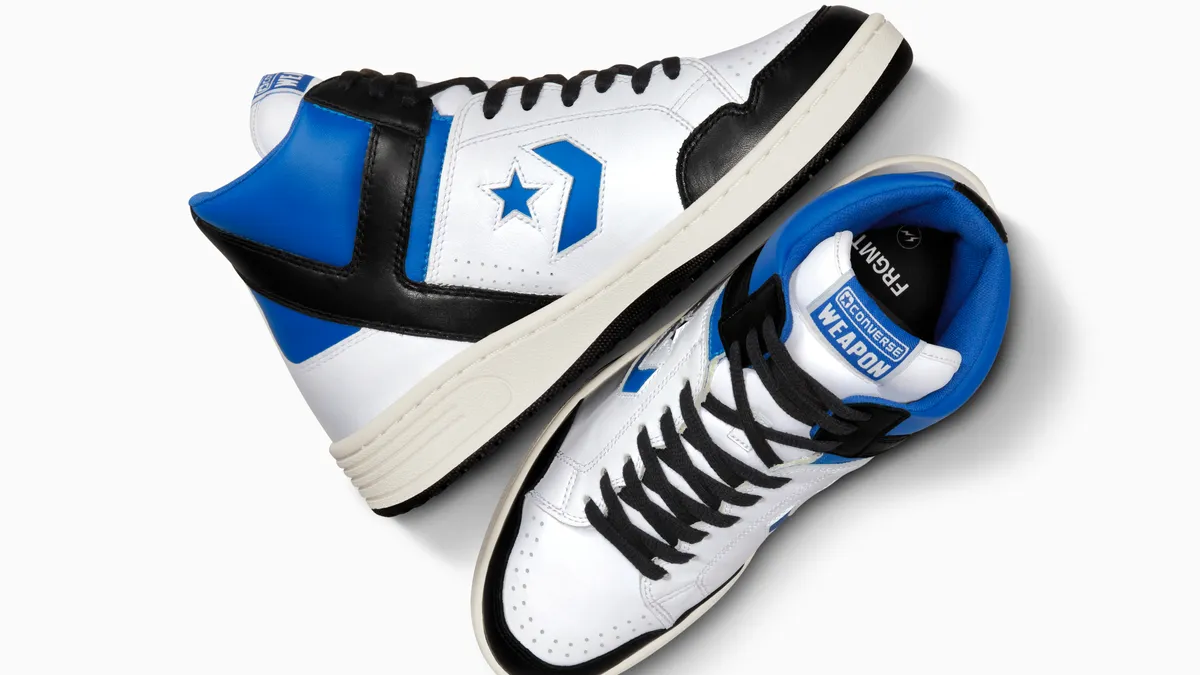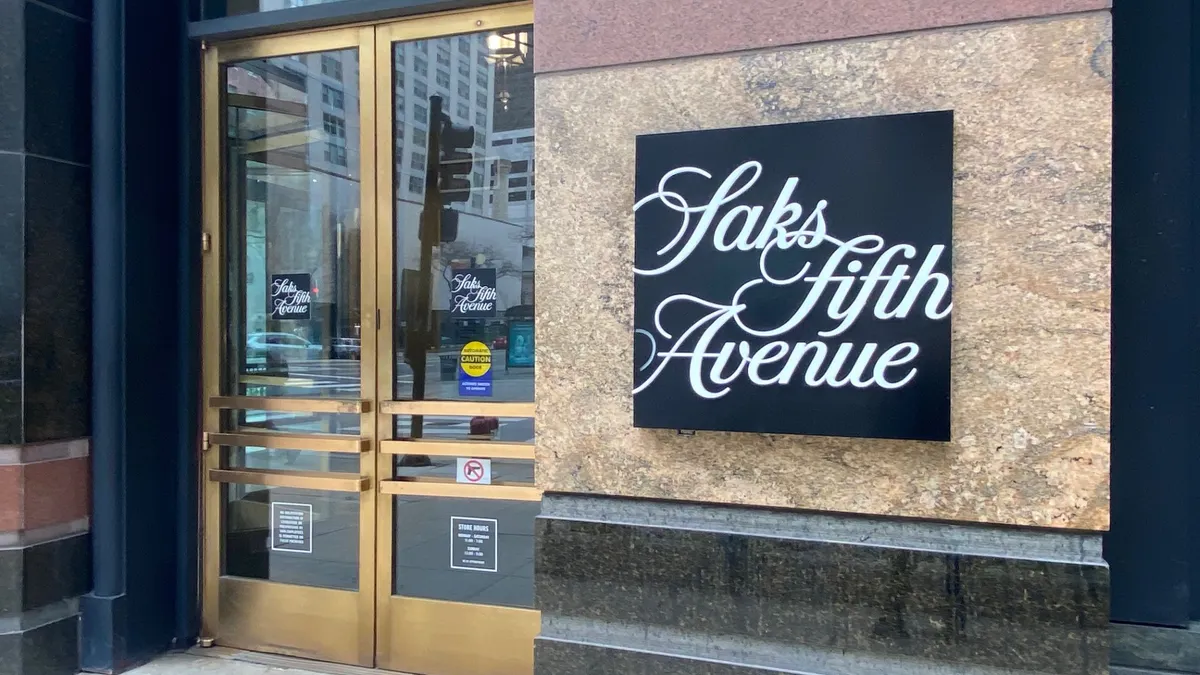Digital Brands is chasing growth. At the same time, it is trying to outrun financial distress.
The company disclosed in its 10-K that it may have to file for bankruptcy protection, or seek other options, if the company cannot come up with sufficient funds to run operations.
The bankruptcy language was not included in the company's most recent prospectus or quarterly filings. Its latest S-1, as well as the 10-K, included a "going concern" warning that it might not be able to survive without sufficient capital.
Digital Brands — which went public last May and owns Stateside, Bailey 44 and other apparel brands — reported that fourth quarter revenue rose 425% to $4 million and annual revenue rose nearly 45% to $7.6 million. Net losses also roughly tripled from the previous year to $32.4 million in 2021.
The significant sales expansion last year included both acquisitions and organic growth. The company said in its earnings report that it experienced growth across all of its brands.
"We know that the hardest piece of growing a business is [going from] zero to one, we've shifted through that," Hil Davis, Digital Brands' CEO, said in a conference call Thursday. "And now we're taking that momentum, and we're going to just continue to accelerate it and move forward."
The direct-to-consumer specialist's model is based on acquisitions. In January, the company struck a deal to acquire the women's apparel brand Sundry — which is contingent on financing and other closing conditions — after picking up Stateside last summer. Ultimately the company aims to develop a platform to cross-sell to consumers across its portfolio while expanding into beauty and home goods as well.
But first it has to survive.
The company has been listed on S&P Global Market Intelligence's list of most vulnerable retail companies. Digital Brands ended 2021 with a working capital deficit of $30.3 million. It had $528,395 in cash, down from last year when the company was smaller. The company also owes $6 million to a secured lender, which matures in December.
In its 10-K, Digital Brands Group said it plans to use its equity line of credit — which it gained last year through a deal with Oasis Capital — to fund its operations through 2022.
However, Digital Brands said in its 10-K it might not be able to draw on the credit line if its shares are delisted from the Nasdaq stock exchange or trade below $3 for the five days ahead of a draw-down. The company received a warning from Nasdaq in January that it was out of compliance and could be delisted.
Digital Brands didn't respond to questions about capital availability and listing status.
As for the company's operating losses, Davis said on the call that they are primarily a result of Digital Brands' relatively small revenue numbers, and that as the company's sales grow it will be able to leverage its operating costs, thereby reducing its losses.
The risk for companies with constrained liquidity or capital shortfalls is tightened terms by vendors trying to protect their own finances. Without enough product to sell, growing revenue becomes all the more difficult.
Vendors in the past have sued the company over nonpayment of goods. In its 10-K, Digital Brands disclosed three lawsuits filed by vendors in 2020 over nonpayment, two of which were settled and a third ended in judgment against Digital Brands after it failed to meet settlement terms. Another two lawsuits were filed by third-party service providers, one of which was settled and another is still active, and an investor filed suit seeking $100,000 reimbursement from before Digital Brands' IPO.
Another vendor lawsuit, filed in 2019 by DD Apparel and still active, seeks damages over what the company said was nonpayment of $21,000 worth of goods sold and accuses Digital Brands of defamation and making misleading statements. Digital Brands has filed its own suit against the vendor over alleged failure to deliver goods, claims which DD Apparel's own lawsuit disputes.
Davis has financial troubles of his own. He filed for personal bankruptcy in December. Digital Brands is listed among his creditors, and documents show Davis has both repaid money to the company and has a balance outstanding. A creditor has subpoenaed Digital Brands in Davis' bankruptcy case, seeking detailed documents related to all aspects of the company's financial relationship with Davis, including any payments for living expenses or child support.
Despite the company's financial struggles, it is still projecting optimism about its future. The company said in March that its e-commerce sales grew a record 776% in January and February while wholesale grew 200%, though it didn't break out the growth from its existing brands compared to growth via acquisitions. On the call Thursday, Davis said the company's marketing spending has helped it acquire new customers who are already showing a propensity to repeat purchase.
"We're seeing success in every single brand we own," Davis said.




















